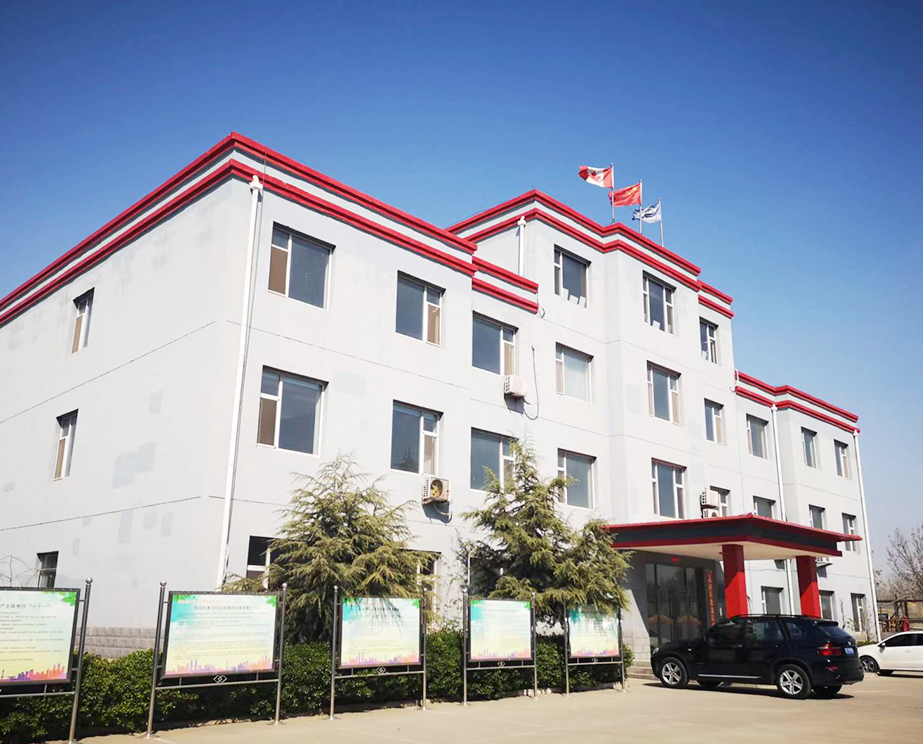- Afrikaans
- Albanian
- Amharic
- Arabic
- Armenian
- Azerbaijani
- Basque
- Belarusian
- Bengali
- Bosnian
- Bulgarian
- Catalan
- Cebuano
- Corsican
- Croatian
- Czech
- Danish
- Dutch
- English
- Esperanto
- Estonian
- Finnish
- French
- Frisian
- Galician
- Georgian
- German
- Greek
- Gujarati
- Haitian Creole
- hausa
- hawaiian
- Hebrew
- Hindi
- Miao
- Hungarian
- Icelandic
- igbo
- Indonesian
- irish
- Italian
- Japanese
- Javanese
- Kannada
- kazakh
- Khmer
- Rwandese
- Korean
- Kurdish
- Kyrgyz
- Lao
- Latin
- Latvian
- Lithuanian
- Luxembourgish
- Macedonian
- Malgashi
- Malay
- Malayalam
- Maltese
- Maori
- Marathi
- Mongolian
- Myanmar
- Nepali
- Norwegian
- Norwegian
- Occitan
- Pashto
- Persian
- Polish
- Portuguese
- Punjabi
- Romanian
- Russian
- Samoan
- Scottish Gaelic
- Serbian
- Sesotho
- Shona
- Sindhi
- Sinhala
- Slovak
- Slovenian
- Somali
- Spanish
- Sundanese
- Swahili
- Swedish
- Tagalog
- Tajik
- Tamil
- Tatar
- Telugu
- Thai
- Turkish
- Turkmen
- Ukrainian
- Urdu
- Uighur
- Uzbek
- Vietnamese
- Welsh
- Bantu
- Yiddish
- Yoruba
- Zulu
api tubing couplings
Understanding API Tubing Couplings Essential Components in Oil and Gas Operations
In the oil and gas industry, the efficiency and safety of drilling operations hinge on the reliability of various components, one of which is the API tubing coupling. These couplings, governed by the standards set by the American Petroleum Institute (API), play a crucial role in connecting sections of tubing used in oil wells. This article aims to provide an overview of API tubing couplings, their importance, types, and application in the field.
What are API Tubing Couplings?
API tubing couplings are specialized connectors designed to join lengths of tubing pipe within a well. They are vital for maintaining the structural integrity of the tubing system, which transports hydrocarbons from the reservoir to the surface. According to API specifications, these couplings must meet strict criteria for design, manufacturing, and performance, ensuring that they can handle the various stresses encountered during drilling and production operations.
The primary function of these couplings is to provide a leak-tight seal, facilitating the safe transportation of oil and gas. Given the high pressures and temperatures faced in downhole environments, the durability and quality of these couplings cannot be understated. Their failure could result in catastrophic leaks, environmental hazards, and substantial economic losses.
Types of API Tubing Couplings
API tubing couplings can be categorized based on their specific design and application
. The most commonly used types include1. Standard Couplings These are the most widely used couplings in the industry and are designed to connect standard tubing sizes, typically in accordance with API specifications.
2. Shouldered Couplings These couplings feature a shoulder that provides increased support and stability, making them ideal for high-stress applications.
api tubing couplings

3. Specialty Couplings Designed for specific applications, these couplings can accommodate unique requirements such as corrosion resistance or enhanced load-bearing capabilities.
4. Internal Thread Couplings Often used in conjunction with jointed tubing, these couplings facilitate easier connections and disconnections of tubing sections.
Each type of coupling has its own unique features and advantages, and the choice of coupling generally depends on the conditions of the drilling site and the specific requirements of the operation.
Importance in Oil and Gas Operations
The significance of API tubing couplings in oil and gas operations extends beyond their mechanical function. They contribute to overall well integrity and can impact production efficiency. A well-assembled tubing string, which relies heavily on high-quality couplings, ensures that fluid is delivered effectively from the wellbore, reducing downtime and maintaining production levels.
Furthermore, API tubing couplings are essential for minimizing environmental impact. By ensuring leak-proof seals in high-pressure environments, these couplings help prevent the escape of hydrocarbons, safeguarding the surrounding ecosystem and ensuring compliance with environmental regulations.
Conclusion
In summary, API tubing couplings are integral to the oil and gas industry, serving as the backbone of the well’s tubing system. Their ability to withstand adverse conditions and provide secure connections underscores their importance in maintaining operational safety and efficiency. As the industry continues to evolve, adherence to API standards in the manufacturing and implementation of these couplings will remain critical, ensuring that the oil and gas sector can meet the growing demands for energy while prioritizing safety and environmental protection.
-
Tubing Pup Joints: Essential Components for Oil and Gas OperationsNewsJul.10,2025
-
Pup Joints: Essential Components for Reliable Drilling OperationsNewsJul.10,2025
-
Pipe Couplings: Connecting Your World EfficientlyNewsJul.10,2025
-
Mastering Oilfield Operations with Quality Tubing and CasingNewsJul.10,2025
-
High-Quality Casing Couplings for Every NeedNewsJul.10,2025
-
Boost Your Drilling Efficiency with Premium Crossover Tools & Seating NipplesNewsJul.10,2025







